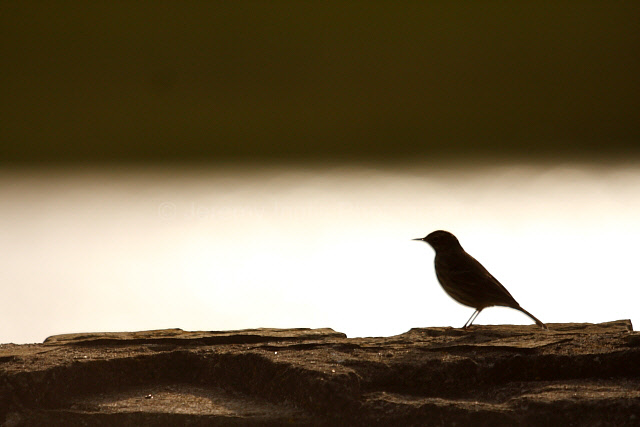On Tuesday, September 7th, I was visiting a friend near Cardiff, so decided to pay a visit to
Roath Park whilst in the area. The park, which is owned by Cardiff County Council and is situated in a pleasant suburban area of Wales's capital city, is dominated by a large lake which is a haven to all kinds of birdlife:
If you look closely at this picture, you will see the Scott Memorial Lighthouse, which commemorates R. F. Scott's antarctic voyage of 1910 (see also my previous post):
As I arrived at one end of the park, I saw a Kingfisher whizz along the edge of the four small islands in this wilder end of the lake.
Some tall trees situated on one of these islands have become roosting sites for Cormorants:
From this vantage point, they launch off to look for lunch in the lake below:
Mallards, such as this eclipse-plumage male, are one of the lake's commonest birds:
As are the elegant Mute Swans:
There is also a group of feral, free-flying, Greylag Geese:
Some of the many gulls include this winter-plumaged Black-headed Gull:
And this juvenile Herring Gull:
This Coot:
was closely followed by its offspring:
Soon after I arrived in the park, I spotted a pair of Great Crested Grebes with three young, but they were too far out from the shore for any decent photos. However, as I continued along the shore, I saw a small group of these lovely birds, consisting of two adults and five young, sheltering under an overhanging Weeping Willow tree. Here's one of the adults:
And one yawning:
A couple of shots of the delightful youngsters:
Again, this adult was too close to fit completely into the frame:
A shaft of sunlight catches an adult's face, as it tends to its baby:
The dappled light made getting an even exposure quite difficult, so I decided to try a burst of fill-in flash for this picture:
I then began walking back from whence I had come, stopping for this wideangle shot of this approachable Greylag Goose:
Finally, as I neared the islands where I had started, I spotted the original Great Crested Grebes I had seen when I arrived, this time closer to the shore. I had time for this one shot, before heading off:
Definitely a place I must return to soon!































































